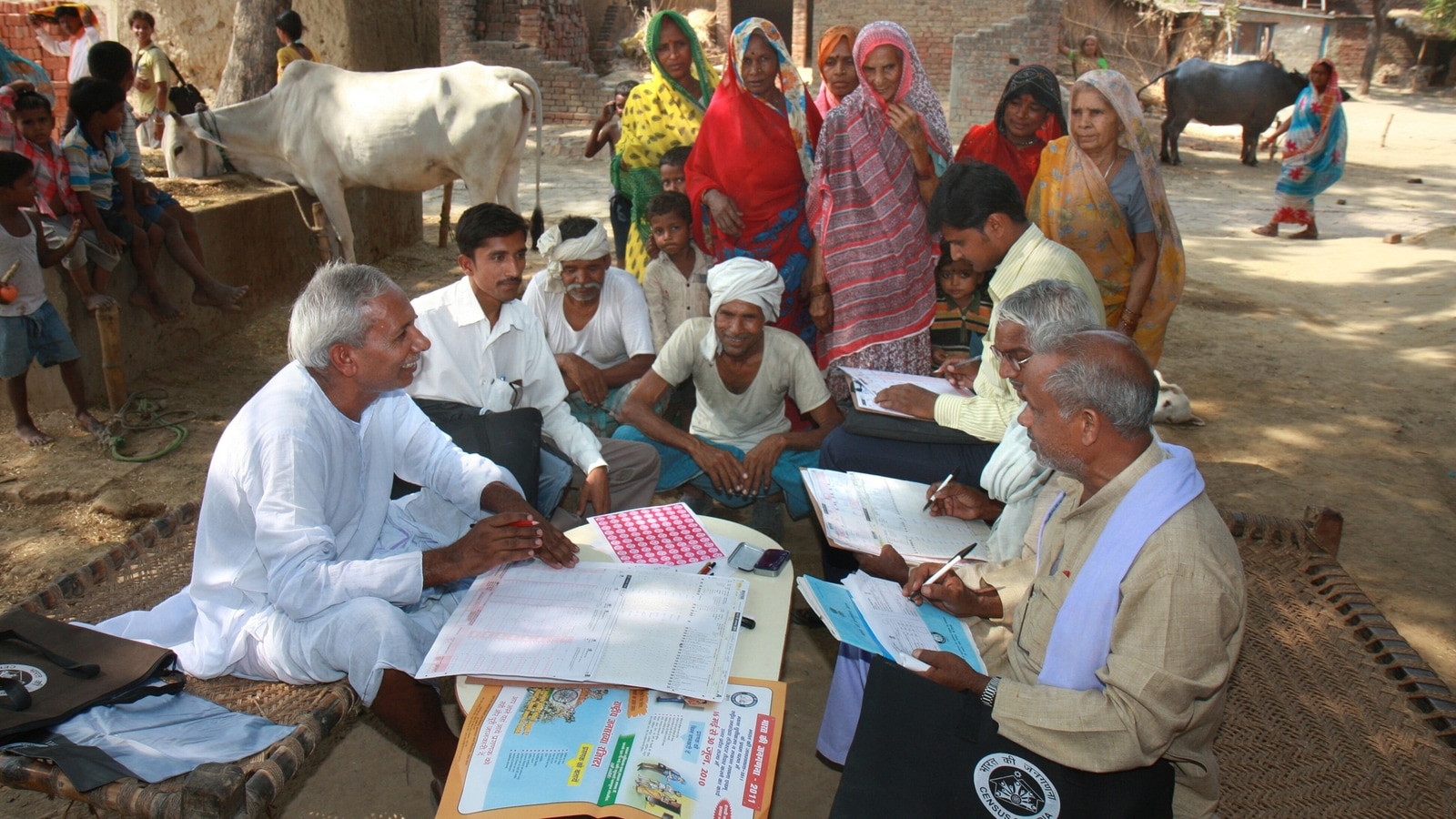In the first years after the European settlement, it was not called a ‘Census’ but a ‘muster’.
At one point, all the settlers in a community were gathered in the same place to be counted.
Over the years, the process became more formalized, and in 1881, the first simultaneous Census of all Australian colonies was taken.
The first national Census took place in 1911. Field officers traveled by horse, cart, and bicycle to collect the forms. All tables were done by hand.
 Fast forward eleven decades and the Census has become a largely online affair.
Fast forward eleven decades and the Census has become a largely online affair.
Educators and students help migrant groups and those struggling with English fill out their forms for the 2006 census. Photo: Getty
A generation ago, the Census Day was moved from June 30 to the second Tuesday in August, partly to avoid the school holidays.
But August 10, 2021, found many Australians under the COVID-19 lockdown.
For citizens, lockdowns have been quite debilitating. But for the number crunchers, this could be a boon. People had become accustomed to doing things online, and many respondents spent more time than usual answering the Census.
The results of the 2021 census – due Tuesday – will shed light on some of the big questions that have puzzled policymakers and data analysts.
Which state or area in Australia is growing the fastest? What proportion of Australians identifies themselves as Aboriginal or Torres Strait Islander? What happened to home ownership? How many of us are first-generation or second-generation immigrants? Do Australians still volunteer?
The evolution of the Census parallels the development of the nation.
Due to the lockdown due to the coronavirus, respondents put more time into their answers to the Census in 2021. Photo: Getty
In 1921, the Census was first tabulated using mechanical machinery equipment, reflecting an era when Australian factories became increasingly mechanized.
In 1954, women first counted census data in tabular form, and they were found to be significantly better at it than men. A decade later, nine-tenths of the coding workforce were women.
There’s a parallel here to Margot Lee Shetterly’s book Hidden Figures: The American Dream and the Untold Story of the Black Women Who Helped Win the Space Race, which follows three mathematicians who worked for NASA and did a job described at the time as ” computers’. †
As a nation, the most momentous change came with the 1967 referendum, in which 91 percent of Australians voted to include Aboriginal and Torres Strait Islanders in the Census.
The 1971 census was the first to fully count Aboriginal and Torres Strait Islander people.
The questions that have come and gone on the Census also tell a lot about the nation. Only once – in 1921 – did the Census ask if someone was orphaned.
In 1933 and 1947, people were asked if they slept in — as many people did during the Depression.
In 1971 and 1976, the Census asked whether the household was connected to the sewerage system – an issue that raises a smile today but which Gough Whitlam regarded as one of his most important policy achievements.
My maternal grandfather, born in a tent in 1922, would have appreciated the Census asking people what the walls of their houses were made of. That ended in 1981.
Until 1971, we asked people if their homes had a bathroom, a kitchen, or a television. The 2016 census was the last time we asked whether household members were connected to the Internet.
What’s new this time? For the first time, the 2021 census asked whether people had served or are currently serving in the Australian Defense Force. This will enable the country to better understand the needs of current and former defence personnel.
The latest Census also includes a question about long-term health problems such as heart disease, diabetes, and arthritis — reflecting a stronger community desire to improve the well-being of people living with these chronic conditions.
Indeed, I expect many people to ask the two new questions together to explore whether veterans are more likely to have long-term health problems.
Conducting a census is a huge undertaking. In 2021, 32,000 employees were needed, traveling more than 10 million kilometers together.
Each of us has taken the time to fill in our details, and we will all learn a little more about our country when the results are released.
Andrew Leigh, the Assistant Secretary of State for Competition, Charity, and Finance, an responsible for the Australian Bureau of Statistics. His website is andrewleigh.com.

